Disclosure: This article contains affiliate links. We may earn a commission from purchases at no extra cost to you, which helps our travel content.
Standing beneath the shadow of three volcanoes, Antigua's cobblestone streets whisper stories of colonial past and indigenous resilience. As a climate scientist who has spent years documenting how traditional practices intersect with modern sustainability challenges, I've found Antigua to be a microcosm of this delicate balance. The city's markets and boutiques aren't just shopping destinations—they're living museums where Mayan heritage continues to evolve through the hands of skilled artisans. Join me as we navigate this UNESCO World Heritage site's most authentic shopping experiences, where every purchase carries the weight of centuries-old tradition and directly supports local communities adapting to our changing world.
Navigating Antigua's Mercado de Artesanías
The pulsing heart of Antigua's artisan scene lies within the sprawling Mercado de Artesanías, located just west of the city center near the bus terminal. Unlike the polished boutiques that line the tourist corridors, this market offers an unfiltered glimpse into Guatemala's craft economy.
On my first visit, I was overwhelmed by the kaleidoscope of textiles hanging from every available surface—each region of Guatemala represented through distinctive patterns and techniques. The market follows a loosely organized layout where vendors cluster by craft type: textiles in one section, woodwork in another, jade and ceramics elsewhere.
I've spent countless hours here conversing with weavers who explained how their backstrap loom techniques—unchanged for centuries—create textiles that tell stories of their communities. Many artisans here are women from surrounding villages who rise before dawn to travel into Antigua, carrying their handmade goods and often their children.
Navigating the market requires patience and respect. I always carry my purchases in a reusable market bag that folds into itself—perfect for accumulating treasures while minimizing plastic waste. For documenting the incredible textiles and crafts, my compact camera has been invaluable, capturing the intricate details of huipiles (traditional blouses) and other textiles in the sometimes dim lighting of the market stalls.
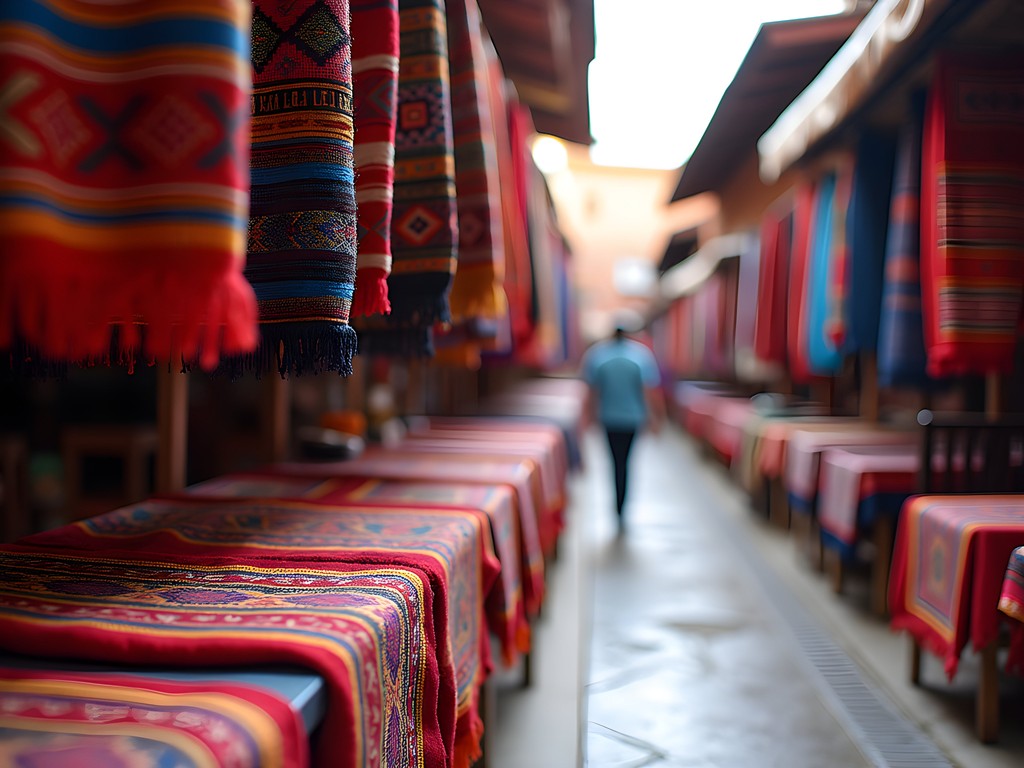
💡 Pro Tips
- Visit early morning (before 10am) for the best selection and fewer crowds
- Learn basic Spanish greetings and numbers to connect with vendors
- Always ask before taking photos of people or their crafts
Nim Po't: Where Tradition Meets Fair Trade
A short walk from Parque Central, Nim Po't stands as a beacon of ethical shopping in Antigua. This sprawling center houses textiles and crafts from over 100 indigenous cooperatives across Guatemala, operating on fair trade principles that ensure artisans receive proper compensation for their work.
What distinguishes Nim Po't from the market stalls is its commitment to preserving the stories behind each item. During my visits, I've appreciated how each textile is labeled with information about its origin, the cooperative that produced it, and the significance of its patterns. This transparency aligns with the Māori concept of whakapapa—understanding the lineage and connections of everything around us.
The center offers fixed prices (a relief from market haggling) that reflect fair compensation for the artisans. I've found some of my most treasured items here: a ceremonial huipil from Chichicastenango that now hangs in my Mumbai apartment, and intricately carved wooden masks that represent spiritual guardians.
While exploring Nim Po't's extensive collection, I use my pocket notebook to record the stories and meanings behind different textile patterns—knowledge that connects me more deeply to my purchases and allows me to share these traditions respectfully with others.
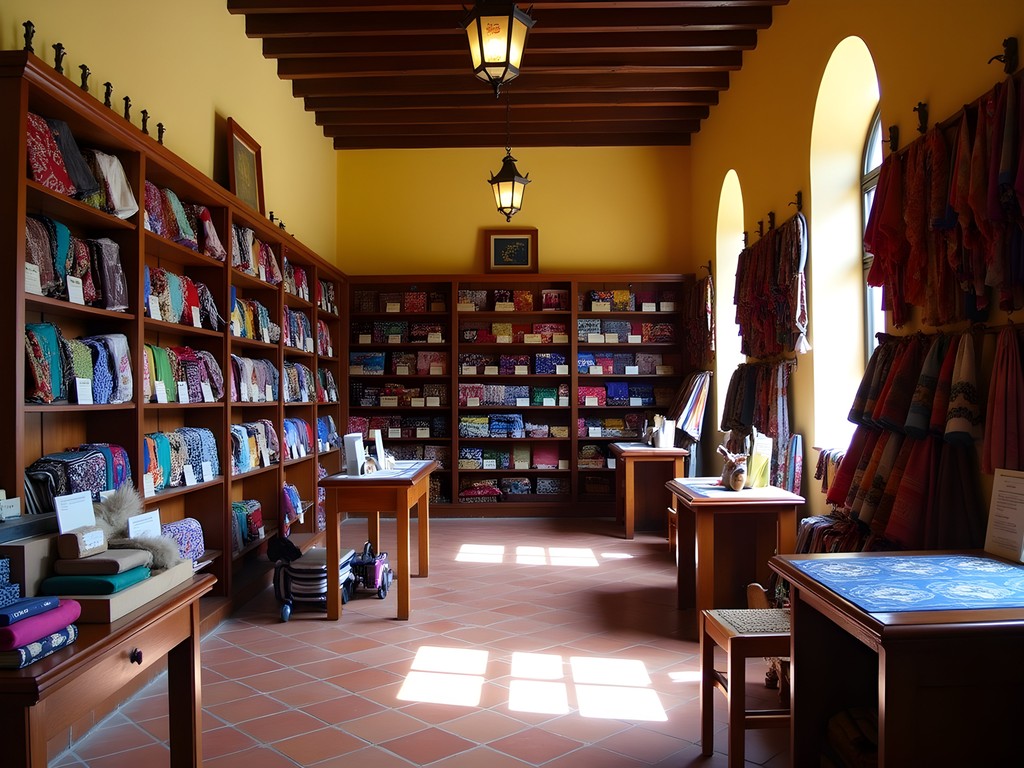
💡 Pro Tips
- Budget extra time here—the collection is extensive and deserves unhurried exploration
- Look for items with cooperative labels that explain the origin and cultural significance
- Consider larger textiles like wall hangings or bedspreads—they're investment pieces that support multiple artisans
Luna Zorro: Sustainable Textile Innovation
In my work connecting traditional practices with climate adaptation, I'm always seeking businesses that honor heritage while embracing sustainability. Luna Zorro exemplifies this balance perfectly. Founded by American designer Molly Berry and working directly with highland weavers, this boutique studio creates contemporary pieces using traditional techniques and natural dyes.
Located in a quiet courtyard off 4a Calle Poniente, Luna Zorro feels more like visiting an artist's workshop than a conventional store. Here, you'll find minimalist textile homewares—pillows, throws, table linens—that showcase the beauty of traditional Guatemalan weaving while fitting seamlessly into contemporary homes.
What resonates most with me is their commitment to natural dyes derived from local plants, insects (cochineal), and minerals—a practice that minimizes chemical pollution while preserving ancient knowledge. During one visit, I was fortunate to witness a natural dyeing workshop where indigo transformed white cotton into stunning blues through an almost alchemical process.
I use my packing cubes to safely transport textile treasures home—the compression feature is particularly helpful for bulkier handwoven blankets and scarves without damaging the delicate fibers. For textile care, I always keep a small bottle of wool wash in my travel kit to properly clean natural fiber purchases before packing them for the journey home.
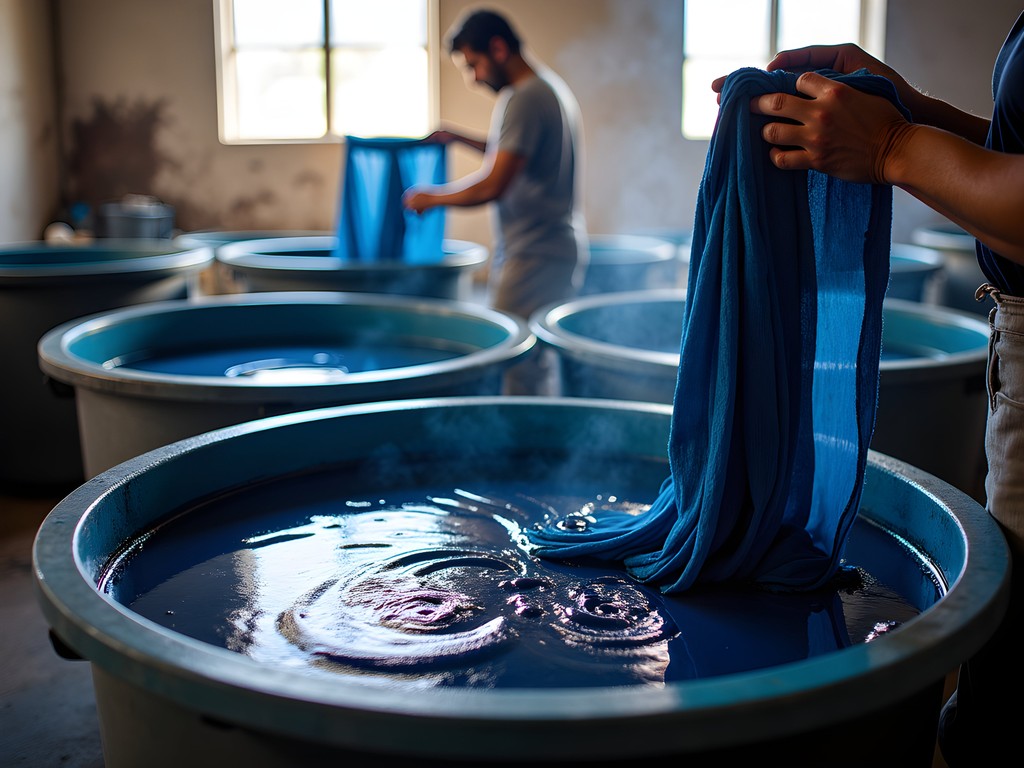
💡 Pro Tips
- Call ahead to check if any demonstrations or workshops are happening during your visit
- Consider custom orders if you have specific dimensions or color preferences—they work directly with weavers
- Ask about their natural dyeing processes—the stories behind the colors add depth to your purchases
Jade Maya: Connecting with Guatemala's Sacred Stone
My research into indigenous knowledge systems has repeatedly shown how certain materials hold cultural significance that transcends their physical properties. In Guatemala, jade represents such a material—a stone so valued by ancient Maya that it was considered more precious than gold.
Jade Maya workshop and museum offers an educational experience that contextualizes your shopping. Founded by archaeologist Mary Lou Ridinger and her husband, this establishment helped revive Guatemala's jade industry after the ancient Maya jade sources were rediscovered in the 1970s.
During my first visit, I was drawn to the spiritual resonance between jade in Mayan culture and pounamu (greenstone) in my own Māori heritage. Both stones represent protection, connection to ancestors, and living energy—what we Māori call mauri. The similarities in how these stones are revered across indigenous cultures separated by vast oceans speaks to universal human connections to earth's treasures.
The workshop offers pieces ranging from simple pendants to elaborate sculptures inspired by ancient designs. I cherish a small jade pendant carved in the shape of a hummingbird—a symbol of persistence and resilience that reminds me of the communities I work with.
For documenting the incredible craftsmanship, I use my travel tripod to capture steady close-up shots of the intricate jade carvings in the sometimes challenging lighting conditions of the workshop.
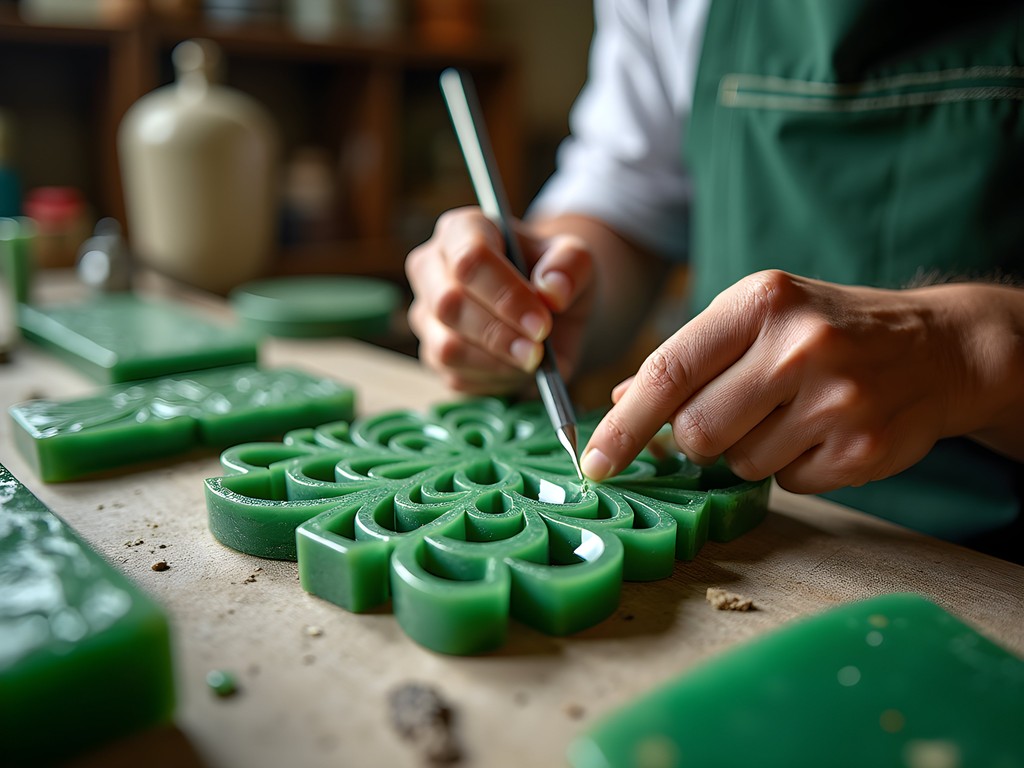
💡 Pro Tips
- Take the free workshop tour to understand jade's cultural significance before purchasing
- Look for pieces with certificates of authenticity that confirm real Guatemalan jade
- Consider jade's cultural significance—pieces with Mayan symbolism make meaningful souvenirs with deeper connections to Guatemala's heritage
Casa de los Gigantes: Curated Crafts with Context
Housed in a restored colonial building on 7a Calle Poniente, Casa de los Gigantes represents the sophisticated evolution of Guatemala's craft tradition. This gallery-like store curates exceptional pieces from the country's finest artisans, emphasizing quality over quantity and providing crucial context about each craft's cultural significance.
What separates Casa de los Gigantes from other high-end boutiques is their commitment to working directly with master artisans and innovating within traditional frameworks. During my visits, I've had fascinating conversations with the knowledgeable staff about how certain crafts are adapting to environmental changes—like ceramic techniques evolving in response to changing clay compositions or textile artisans developing natural dye alternatives as traditional plant sources become scarcer.
The store excels in presenting Guatemala's lesser-known craft traditions alongside familiar textiles. Their collection of ceremonial masks, intricate beadwork, and pottery from regions rarely represented in typical tourist shops provides a more complete picture of Guatemala's diverse artistic heritage.
I've found this the perfect place for investment pieces that will become family heirlooms—my most treasured purchase being a hand-carved wooden box with jade inlay that now holds my collection of pounamu and other significant stones gathered during my travels.
For protecting special purchases like these, I always pack a padded camera insert that transforms any bag into a safe carrier for fragile items like ceramics or carved figurines. The adjustable dividers provide perfect customization for oddly shaped treasures.
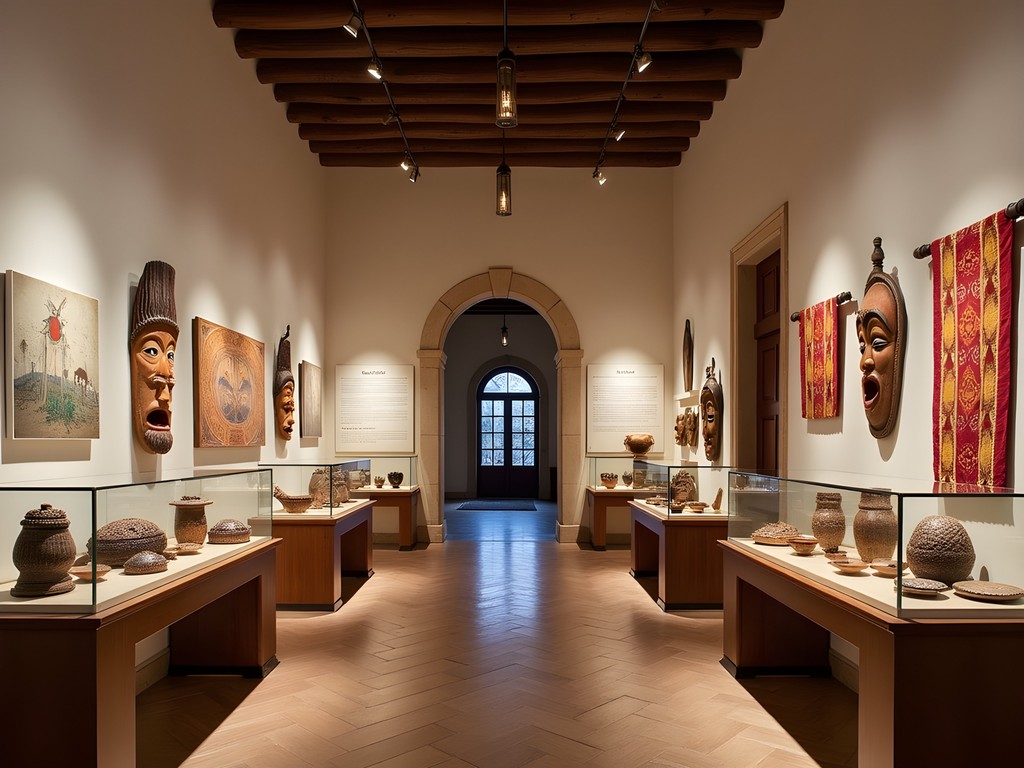
💡 Pro Tips
- Ask about the stories behind unique pieces—staff are incredibly knowledgeable about the artisans and techniques
- Look beyond textiles to explore Guatemala's diverse craft traditions like ceramics and woodcarving
- Request information cards for significant purchases to preserve the provenance and cultural context
Final Thoughts
As I pack my treasures from Antigua's markets and boutiques—each wrapped in stories as colorful as their threads—I'm reminded of a Māori proverb: He toi whakairo, he mana tangata (Where there is artistic excellence, there is human dignity). In Antigua's artisan landscape, I've witnessed how traditional craftsmanship provides not just economic resilience but cultural continuity in the face of globalization and climate pressures.
The textiles, jade, and woodcarvings I've collected aren't merely souvenirs; they're tangible connections to Guatemala's living heritage and the hands that sustain it. Each purchase represents a choice to support sustainable livelihoods and preserve indigenous knowledge systems that hold solutions for our collective future.
As you explore Antigua's markets and boutiques, I encourage you to shop with intention—ask questions, learn the stories, and recognize the value beyond the price tag. In doing so, you become part of a reciprocal exchange that honors both the maker and the made, creating connections that transcend the typical tourist experience. The treasures you bring home will carry not just the beauty of Guatemala but the spirit of its resilient people—a reminder that in our increasingly homogenized world, handmade heritage remains our most precious resource.
✨ Key Takeaways
- Support fair trade practices by purchasing from cooperatives and businesses that work directly with artisans
- Learn the cultural significance behind traditional designs to appreciate the deeper value of your purchases
- Balance market experiences with curated boutiques to understand the full spectrum of Guatemala's craft traditions
- Consider the environmental impact of traditional crafts and support businesses practicing sustainable production methods
- Document the stories behind your purchases to preserve their cultural context and personal significance
📋 Practical Information
Best Time to Visit
year-round, though November-April offers drier weather
Budget Estimate
$30-300 depending on what you purchase
Recommended Duration
2-3 days
Difficulty Level
Beginner

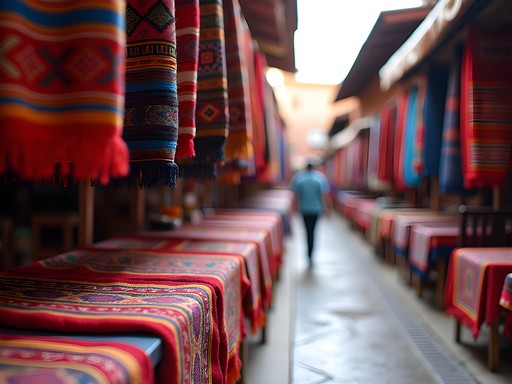
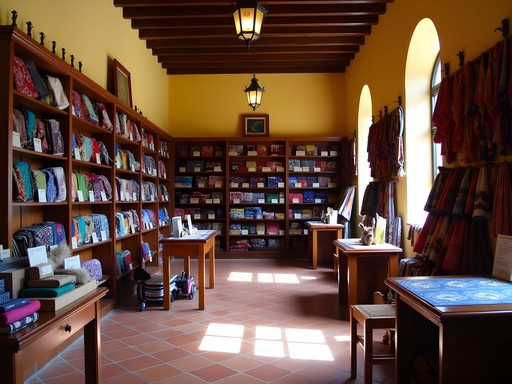
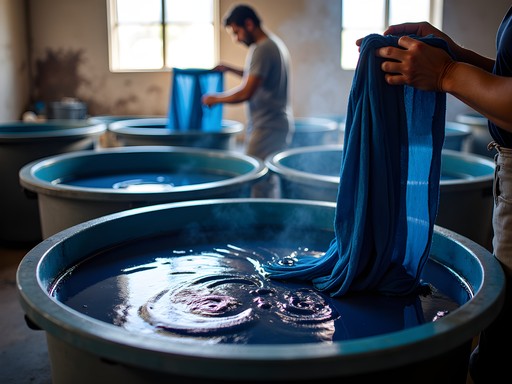
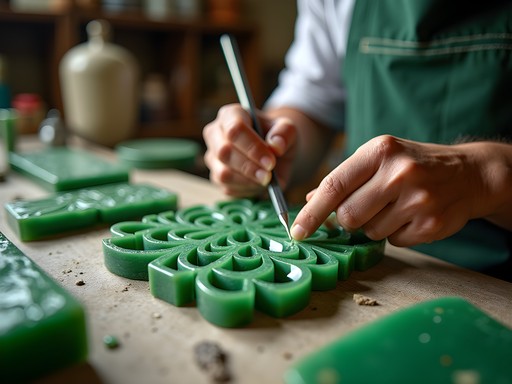
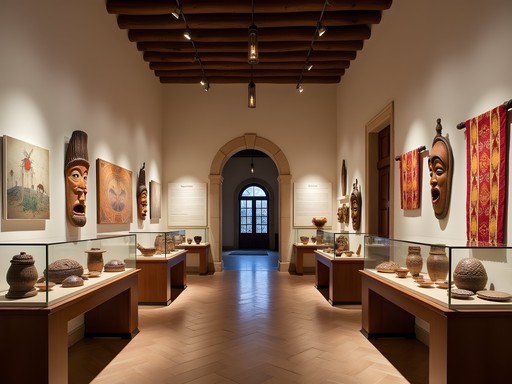




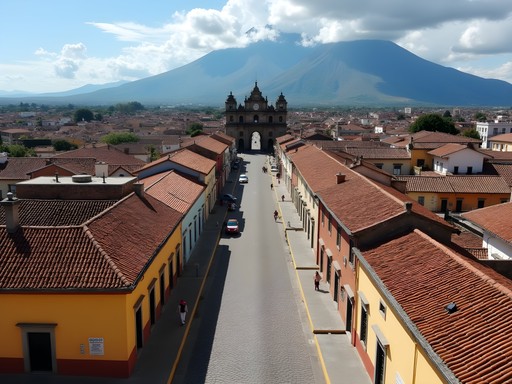
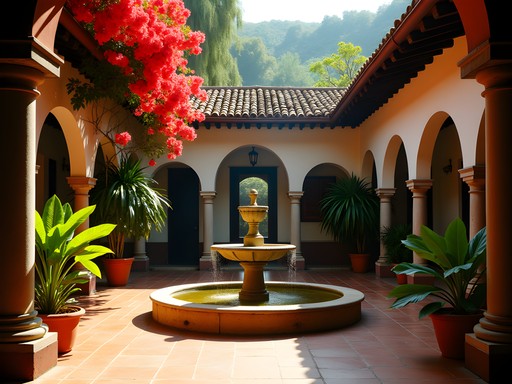

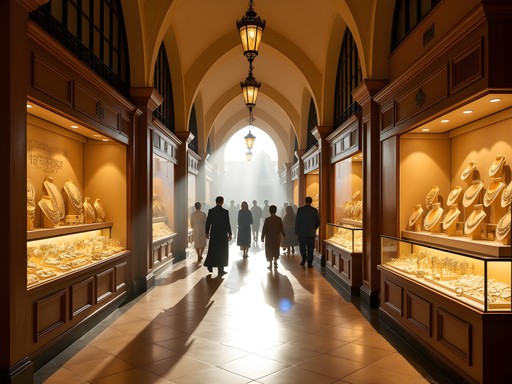
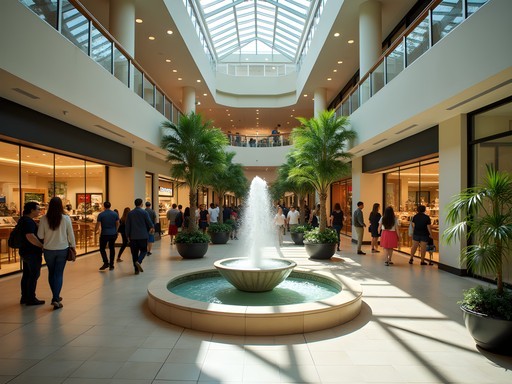
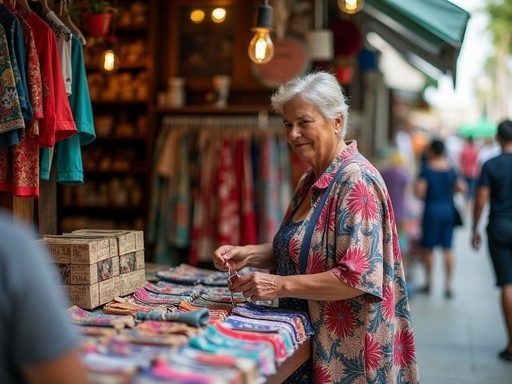
Comments
oceanguy
Those volcanic views while shopping are unbeatable!
Sarah Powell
Excellent overview of Antigua's artisan scene, Leah. I'd add that timing matters significantly when visiting the markets. Early mornings (before 10am) at Mercado de Artesanías offer the best selection before tour groups arrive, while late afternoons sometimes yield better prices as vendors prepare to close. For jade enthusiasts, I recommend visiting Jade Maya's workshop area in the back where you can sometimes watch artisans at work - it provides valuable context about why authentic Guatemalan jade commands higher prices than the imported varieties you'll see elsewhere.
beachway
Great tip about the morning shopping! Wish I'd known that before dealing with the midday crowds.
oceanguy
Just booked my trip! Is it worth bringing an extra suitcase for shopping?
summerpro
YES! Or at least leave room in your current one. The textiles are irresistible!
explorediver
Luna Zorro was such a find on our trip! My wife took one of their weaving workshops and it gave us such appreciation for the textiles we bought. The owner explained how each region has distinct patterns and colors. I'd recommend bringing a packing cube set because you WILL buy more than you planned, especially at these textile shops!
Elena Wells
I visited Antigua back in January and completely fell in love with Luna Zorro! Leah, your description of their sustainable practices is spot on. For anyone planning a visit, I'd recommend setting aside at least 2 hours for Nim Po't - it's massive and you'll want time to chat with the staff about the regional differences in textiles. I still treasure my backstrap loom table runner I bought there. Also worth noting that many places close early (around 5-6pm), so plan your shopping for mornings and early afternoon. I documented my whole textile journey with my travel journal which has become a cherished souvenir itself filled with fabric swatches and stories.
oceanguy
Going next week! Any other shops I shouldn't miss?
Elena Wells
Definitely check out Casa de los Gigantes if you're into home goods! And there's a tiny workshop called Colibri that sells gorgeous recycled glass items.
oceanguy
Thanks! Adding those to my list!
moonwanderer9281
Heading to Antigua next month! How aggressive is the bargaining at the Mercado? I'm terrible at negotiating prices and don't want to offend anyone.
Sophia Gomez
The bargaining is part of the experience! Start at about 60% of their first price and work up from there. Most vendors expect it, but always be respectful. I found bringing small bills helps too - they're more likely to accept a lower price if you have exact change. And remember to smile! I once got an amazing deal on a hand-woven scarf just by being genuinely interested in the weaving technique.
moonwanderer9281
Thanks so much! That's really helpful advice. Will definitely try the small bills tip!
beachway
Just got back from Antigua last week and this guide would've been SO helpful! I wandered into Nim Po't on my last day and wish I'd gone earlier. The textiles are incredible and knowing they support local artisans directly made my purchases feel more meaningful. I bought a gorgeous table runner that everyone compliments when they come over!
oceanguy
Nim Po't is the best! No pressure shopping and fair prices.
skyadventurer
Those textile photos are stunning! Adding Antigua to my bucket list.
summerpro
Just got back from Antigua last month and this guide would have saved me so much time! The Mercado de Artesanías was overwhelming at first - so many stalls and colors everywhere. Ended up spending half a day there and came home with two beautiful huipiles that I'm now trying to figure out how to display. Nim Po't was definitely my favorite though - the quality difference is noticeable and I loved knowing the artisans were getting fair compensation. Did anyone else feel like bargaining was expected at the main market but not at the boutiques?
oceanguy
Yeah, I felt the same about bargaining! Got super awkward when I tried to haggle at Luna Zorro 😬
summerpro
Haha, oh no! I did the opposite and didn't bargain at the market at first. The vendor actually seemed disappointed until I caught on!
summertime
The jade earrings I bought in Antigua are still my favorites five years later. Quality stuff!
Venture X
Premium card with 2X miles, $300 travel credit, Priority Pass